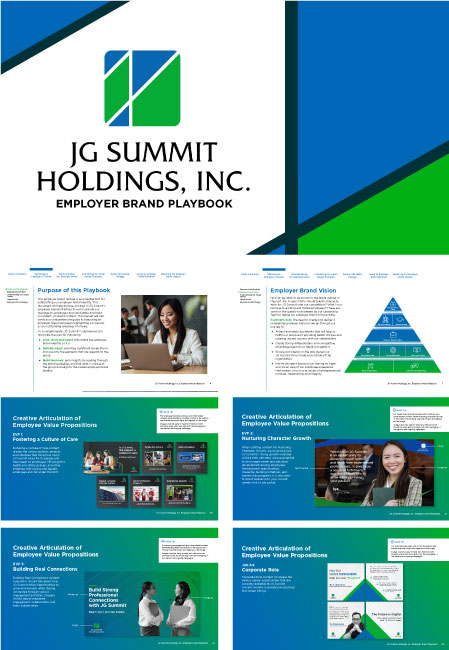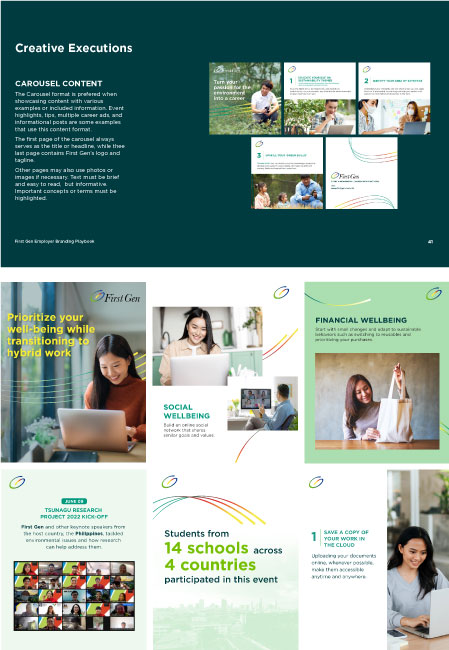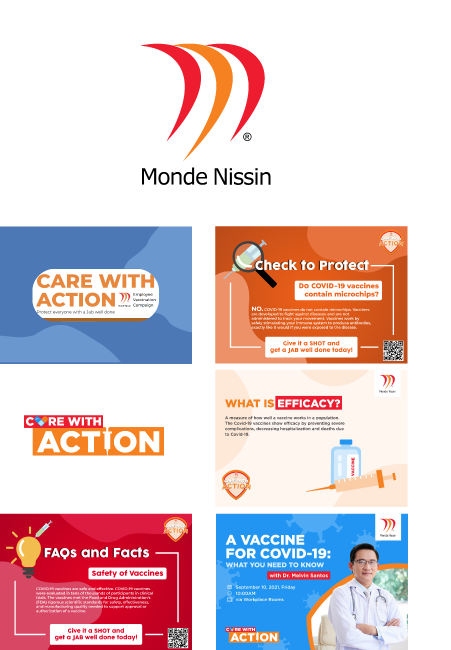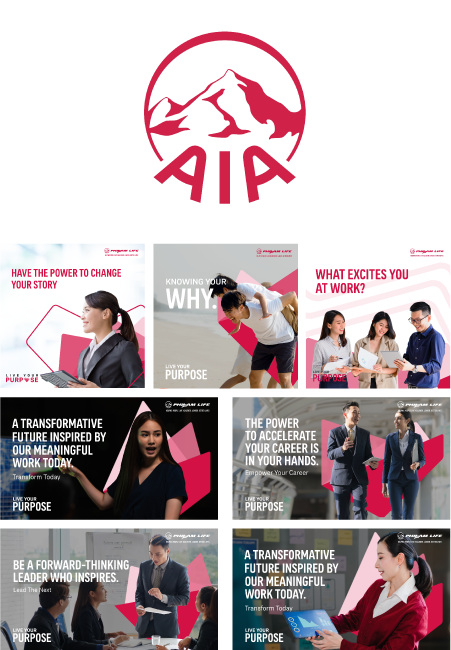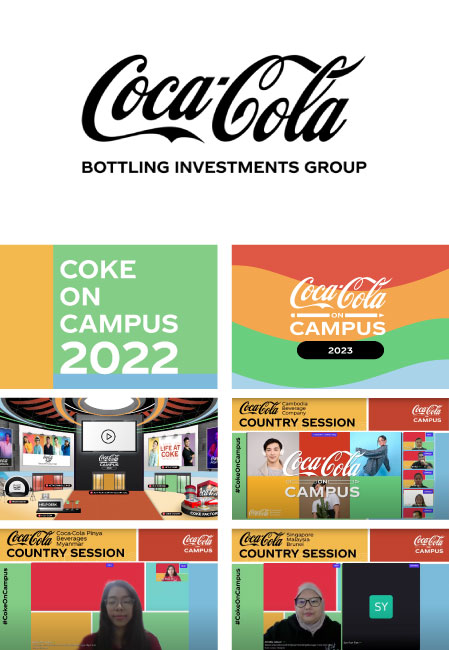How to Capture a Candidate’s Attention With Visual Job Descriptions
Eight seconds. That’s the length of the average human attention span, according to a Microsoft study. Almost everyone agrees that our ability to focus is changing, primarily due to the constant influx of information we’re receiving. That means you have a short window in which to grab and hold candidates’ attention with your job descriptions.
As a proud Gen Xer, there was a time when I would print out a lengthy job description and annotate the page as I read. But, thankfully, no one is trying to recruit me anymore, and the people you want to hire don’t necessarily share my mindset. That’s why today’s companies need to change their approach to fit the current media climate. How? By creating visual job descriptions.
What is a visual job description?
In one of the studies referenced above, researchers looked at everything from movie stubs to Twitter trends to see what grabs people; they found that “content is increasing in volume, which exhausts our attention, and our urge for ‘newness’ causes us to collectively switch between topics more regularly.” That means the urge to swipe, tap and click from Twitter to TikTok to Facebook and back again.
Since people are spending less time in each place, recruiters need an eye-catching way of holding a potential candidate’s interest. A “visual” job description keeps their focus long enough to see the opportunity; absorb the basic information; and decide whether to learn more, or move on.
Remember how the average attention span is eight seconds? Some reports say recruiters take only seven seconds to scan each resume. Think about what you’re absorbing in seven seconds: How are you reading that resume or online profile? Is there something about certain candidates that helps them stand out from others? Apply this thinking in reverse when writing job descriptions.
What to include in your job description
So what does a visual job description look like? Start with the basics:
- Company name: This is an obvious one. It’s who you are as an organization — period.
- Job title: Simply state what you’re hiring for: software engineer, social media coordinator, long haul truck driver, etc. Make it sufficiently descriptive without being cutesy.
- Salary: Offer a “starting” number. It doesn’t need to be exact, but should give the candidate a sense of what you’re willing to pay for their expertise.
- Remote work flexibility: In today’s climate, the option to work remotely is going to be crucial for many job seekers. Be transparent by indicating whether the position has the option to be fully remote or flexible.
- Culture: This is tougher, because you only have a split second to tell this potential applicant who you are without going overboard. A real-life office photo (not a stock photo) or a quick stat should do the trick.
At this initial point of contact, your goal is to make the candidate think: “That sounds like a cool gig.” Save the details for later. Include the bare minimum information along with a call to action, encouraging those who are interested to learn more — and sending the others packing.
How to execute
You’ve probably heard the saying, “recruiters should think like marketers.” This makes most recruiters groan and marketers wince, neither side fully understanding what it means. But when done properly, visual job descriptions run a lot like email marketing campaigns. The point is to employ a highly structured strategy for emphasizing and understanding candidate behavior.
Here’s how this works: You have an initial meeting to identify your messaging, along with any specifications or restrictions (or, in the case of job descriptions, skills and qualifications). Then you mock up the campaign; fill in the copy; craft a clever opening line; and determine which lists to hit.
Once it goes live, use an eye-tracking or heat-map approach to highlight what resonates with the target audience, focusing on what converts them to the next step. Did they drop off, or click through? How long did it take them to bounce off the page? Did they hover over a particular copy block, or keep scrolling? Make updates based on these insights, aiming to attract the right candidates and move them through the funnel.
In an era of constant distractions, visual job descriptions matter, helping your postings stand apart. All we have is now, so make your descriptions count (and congratulations on making it to the end of this post).
This article first appeared on Indeed website:
https://www.indeed.com/lead/use-visual-job-descriptions-to-attract-talent?hl=en&co=PH
TalentView is an official partner of Indeed in the APAC region.
DOWNLOAD INDEED
PRODUCT SHEET

Fill out the form below to learn how yo use Indeed to get your next hire.

TalentView is a leader in employer branding strategy, design and technology. With teams across the ASEAN region, TalentView’s professional solutions help to create memorable experiences across the talent lifecycle to attract, engage and retain talent. Working directly with business leaders in Fortune 1000 companies, TalentView is well-positioned to provide talent insights and is an accredited partner of key global players including Workplace from Meta, Talegent, Indeed, SeeMeCV, Hootsuite, Digimind and PhoenixATS.
Copyright © TalentView Asia, 2022 | Privacy Policy







